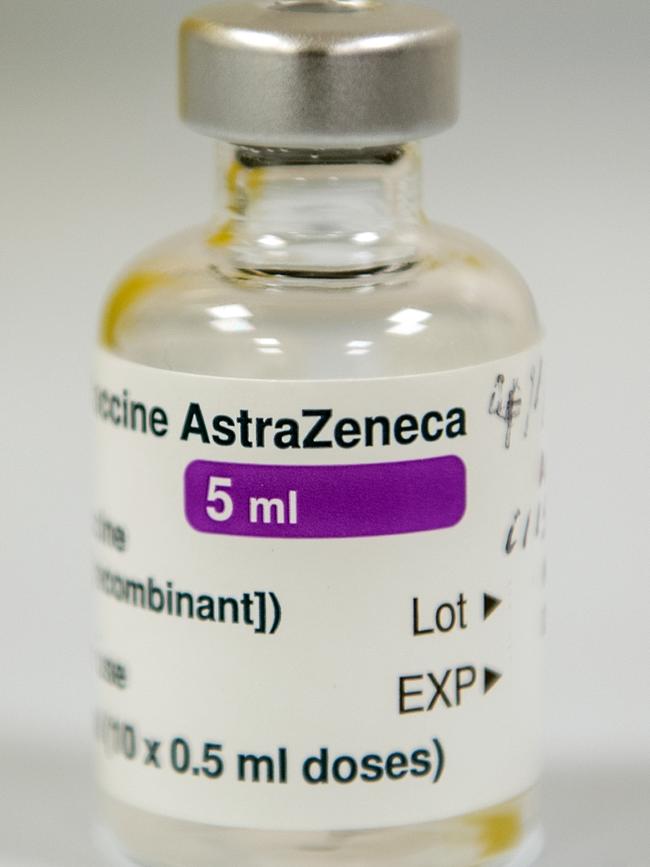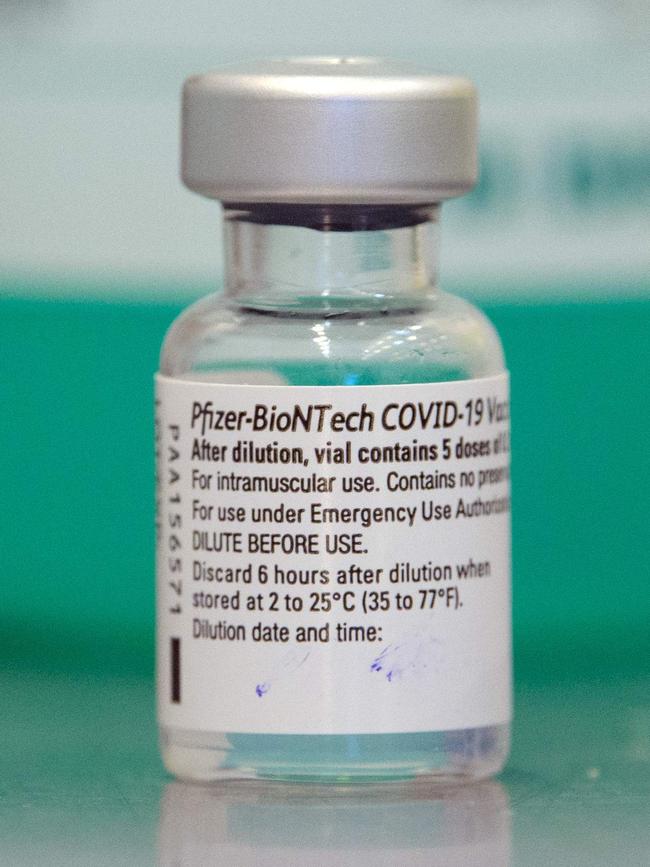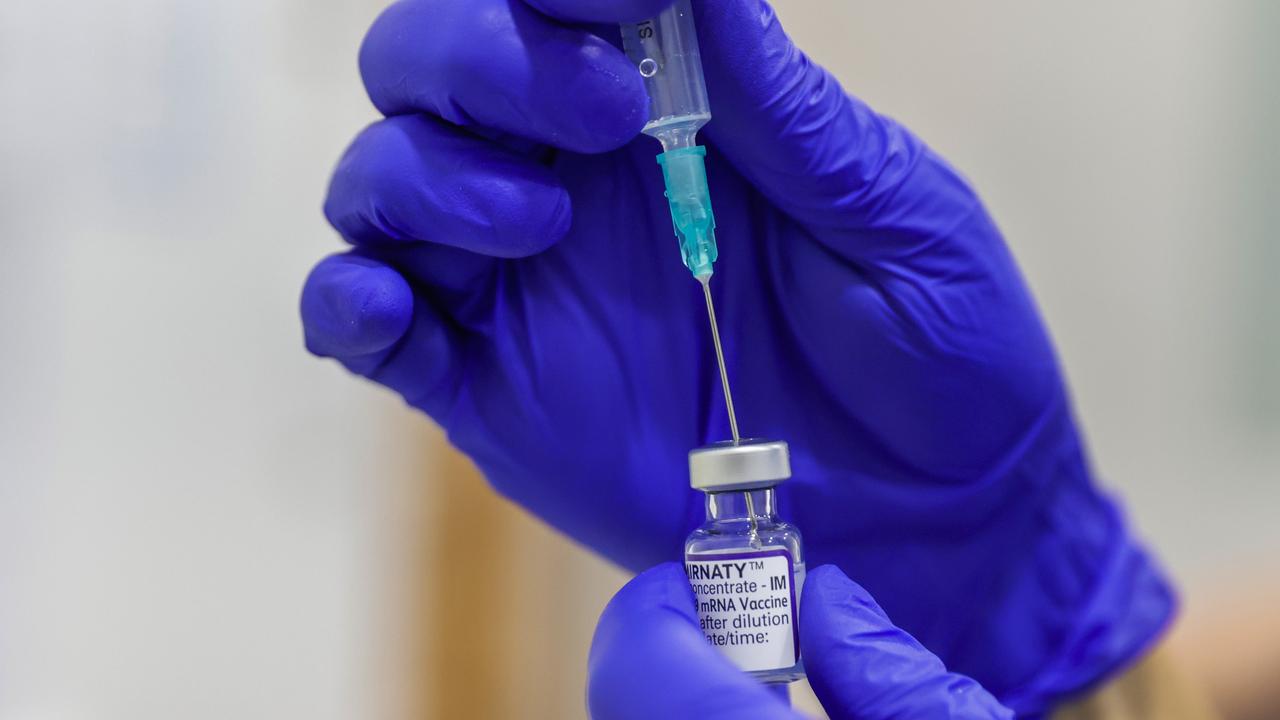Coronavirus Australia: Comparison of AstraZeneca and Pfizer vaccines
The vaccines Australians will receive are effective against the coronavirus and so safe that the nation’s immunology experts cannot wait to get the jab. Here is a comparison of the two.
NSW Coronavirus News
Don't miss out on the headlines from NSW Coronavirus News. Followed categories will be added to My News.
Both of the vaccines Australians will receive are effective against the coronavirus and so safe that the nation’s immunology experts cannot wait to get the jab.
“I will take either vaccine and be very happy for my family to have it too,” infectious diseases expert at the Menzies Health Institute Professor Nigel McMillan said.
“Both of the vaccines are safe with only very minor reactions, such as one in one hundred people getting a mild headache,” he said. “Put that in context, one in 2000 people has an allergic reaction to Panadol.”


Australia has ordered 10 million doses of the Pfizer BioNTech vaccine and 50 million doses of the Oxford University AstraZeneca vaccine to be produced by CSL in Australia. Production of the AstraZeneca vaccine began in December.
“The sooner we roll them out the sooner we can get back to normal,” Prof McMillan said. “But that could still take months.”
Both of the vaccines require two shots a couple of weeks apart to be effective but differ in technology, price and storage.
The Pfizer BioNTech vaccine was developed by Dr Ugur Sahin and his wife, Dr Ozlem Tureci, the children of Turkish migrants to Germany who started BioNTech in 2008. He became alarmed at the potential of the virus in January and realised his work could provide a vaccine.
“There are not too many companies on the planet which have the capacity and the competence to do it so fast as we can do it,” Dr Sahin said later. “So it felt not like an opportunity, but a duty to do it, because I realised we could be among the first coming up with a vaccine.”
The vaccine gives the body the genetic code to fight the virus. It costs around $25 a dose and needs to be stored at below minus 70 degrees, making transport difficult and expensive.
“It has been injected into four million people in the US and only four have had an allergic reaction. That’s not too bad,” Prof McMillan said.
The Oxford University AstraZeneca vaccine was developed by Professor Sarah Gilbert and her team at Oxford University’s prestigious Jenner Institute, who were already working on a universal flu vaccine.
She had already worked on an ebola vaccine and a vaccine for Middle East respiratory syndrome using the same technology when the coronavirus pandemic began.
The vaccine uses a protein to trigger an immune response to the COVID-19 virus using long established and proven safe techniques. As soon as the Chinese published the genetic structure of the virus, Prof Gilbert’s team went to work.

“We were quick,” her colleague at Oxford, Prof Teresa Lambe told the BBC. “Over the weekend, the vaccine was pretty much designed. We went pretty fast with it.”
Prof McMillan said they could move so quickly because “the technology is quite old, it has been around a long time and put into lots of people very safely”.
Making sure it was safe with thorough testing took more time with the US and UK leading the way in giving it emergency approval to be rolled out from early December.
“From the beginning, we’re seeing it as a race against the virus, not a race against other vaccine developers,” Prof Gilbert said.




